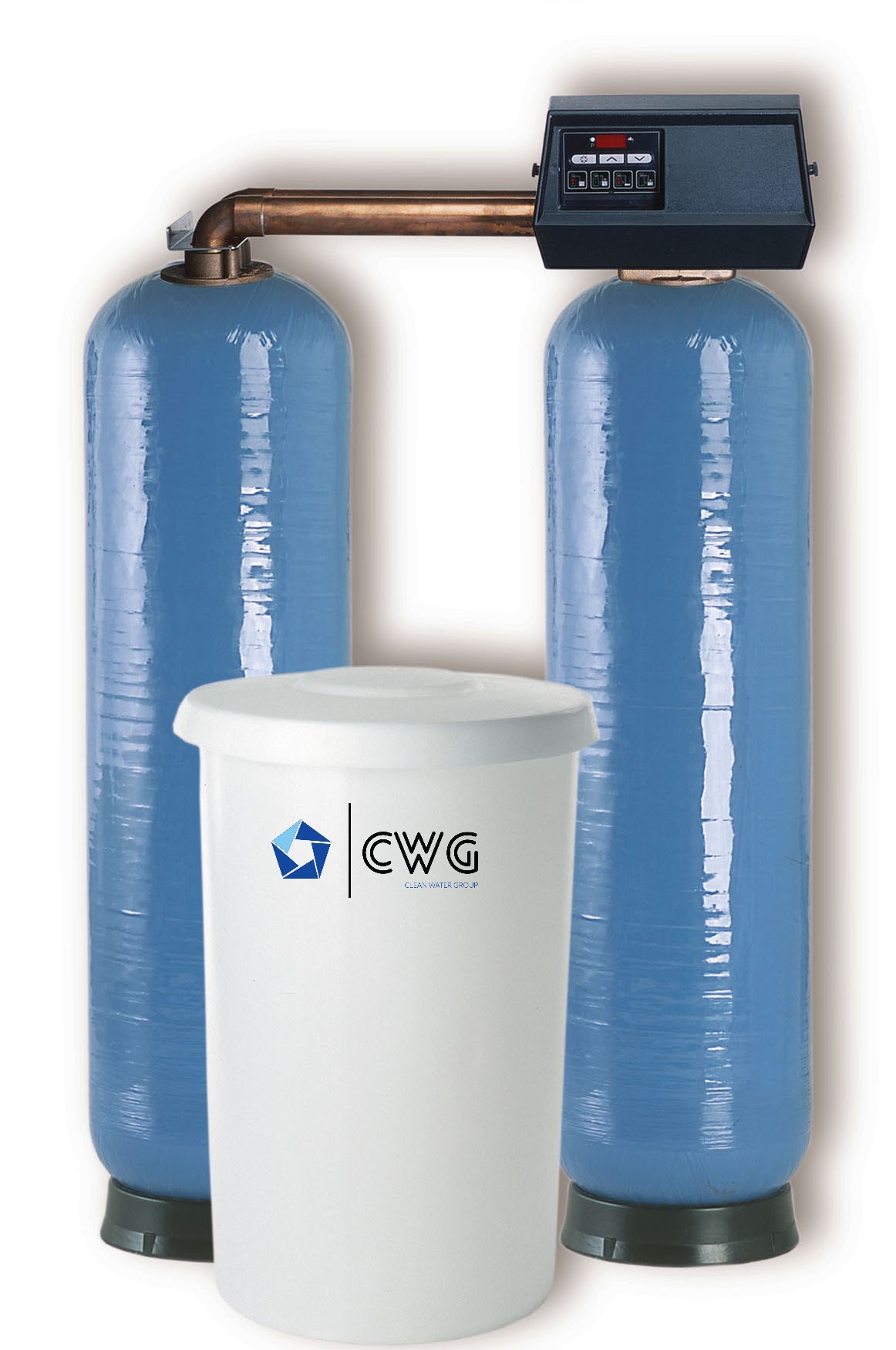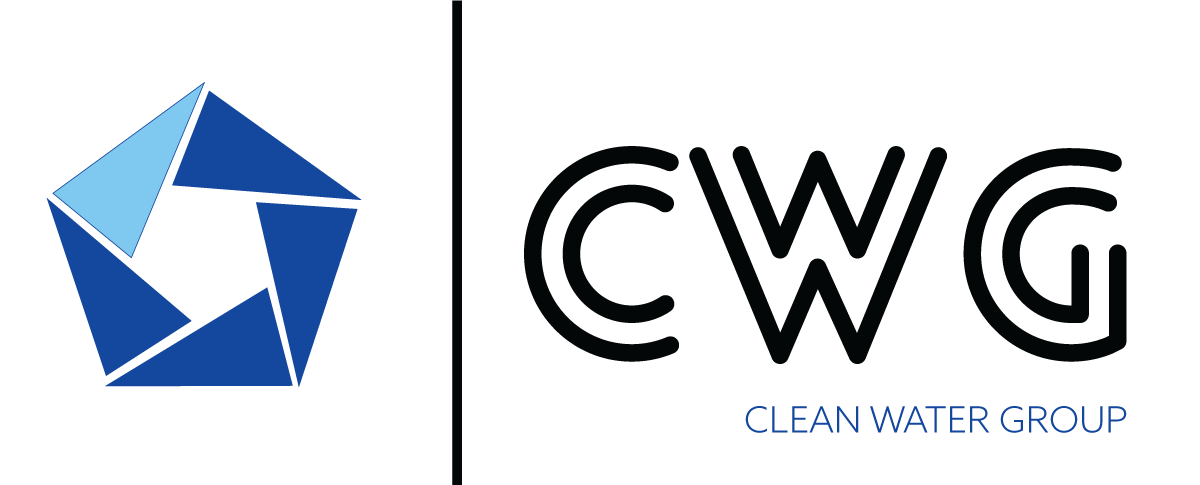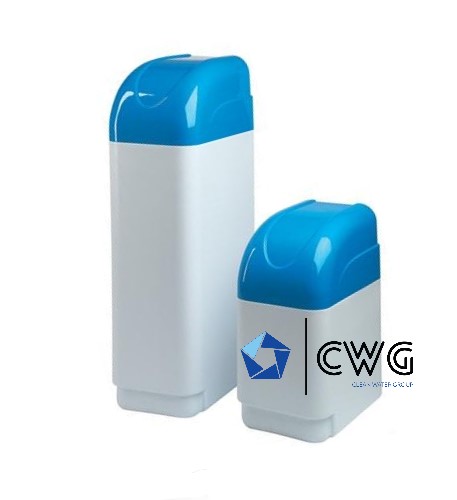Softening
Water softening is the process of removing ionic minerals, especially calcium and magnesium, from water to reduce water hardness.
The hardness of water comes from the presence of dissolved calcium and magnesium salts in water, often carbonates and sulfates. Although these minerals are not harmful to health, they can cause unwanted problems in households and industry. Water softening is often carried out by applying ionic exchange to reduce the concentration of these minerals.
The ion exchange process is often used to soften water. This procedure involves replacing calcium and magnesium with ion ions, usually sodium. A key element in the ion exchange process is a water softener, known as a softener.
The water softener contains a resin that is full of sodium ions. When hard water passes through the resin, calcium and magnesium ions are adsorbed to the resin, while sodium ions are released into the water. This process means that the water coming out of the softener contains less calcium and magnesium, reducing the hardness of the water.
When the resin becomes saturated with calcium and magnesium ions, it needs to be regenerated. This is achieved by passing a concentrated salt solution (sodium chloride) through the resin. Salt replaces the adsorbed calcium and magnesium ions on the resin, which is washed off and re-prepared to soften a new amount of water.
Ion exchange allows for efficient and continuous softening of water, ensuring that water hardness remains low and that water is suitable for household and industrial needs.
HOME & LIVING WATER SOFTENERS
Ionic exchange of water softening is a process that requires precise adjustment to ensure optimal efficiency and minimal salt loss. Water softeners often have automatic controls that monitor water consumption and regulate the regeneration process. This ensures that the fabric softener is always ready to soften the new amount of water.
When we talk about water softening products, the most common are commercial water softeners consisting of water softeners and salt tanks. These systems are customizable and can be scaled according to household or industrial applications needs.
PROFFESIONAL WATER SOFTENERS






When it comes to the impact of water softening on water purity, it is important to note that the ionic exchange process does not remove all types of contaminants from the water. Ionic exchange focuses on removing calcium and magnesium that cause water hardness. If water is the source of other contaminants such as bacteria, chlorine, heavy metals or organic compounds, additional treatment of water with other filtration or disinfection methods may be required to ensure complete purity.
Water softening has advantages:
- Prevention of sediments and deposits: Water hardness can cause precipitates and deposits of calcium and magnesium carbonate on faucets, water heaters, coffee machines and other devices. These deposits reduce the efficiency of the device and increase power consumption.
- Extending the life of the device: Regular softening of water reduces deposits on devices and extends their service life.
- Better efficiency of detergents: Stubborn deposits in water can reduce the effectiveness of detergents and soaps. Softening water allows better rinsing and foaming detergents.
- Better taste and smell of water: Softened water has less mineral content, which can result in better taste and smell.
- Reducing maintenance costs: Less depositmeans less cleaning and maintenance of the device.
With proper water softening, you can enjoy clean and soft water that will relieve you of unwanted deposits, improve the efficiency of household appliances and make everyday tasks easier.
Whether you are a household or an industrial institution, water softening provides a wide range of benefits for quality of life and process efficiency.

